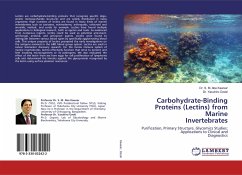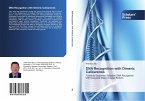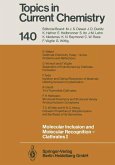The present thesis concerns the supramolecular recognition of mono- and disaccharides in water as well as an introduction to combinatorial chemistry utilizing encoded polymer beads. The thesis gives a short introduction to the literature regarding the recognition of carbohydrates via supramolecular chemistry and discusses the advantages and disadvantages of the different approaches. The synthesis of a peptide based bicyclic carbohydrate receptor has been developed utilizing a combination of solid-phase chemistry and chemistry in solution. The synthesis proceeded over 28 steps with a total yield of 6.4 %, equivalent to an average yield in excess of 90 % per step. The receptor contains a dodecapeptide connected via a naphthalene, and was designed to bind to carbohydrates through a combination of CH- interactions and hydrogen bonds. The final chapter describes the use of encoded polymer beads in combinatorial chemistry. The methodology was investigated with the aim of discovering new ligands for the protein Avidin. A series of tripeptides was synthesized on the encoded polymer beads and their binding to the protein investigated.
Bitte wählen Sie Ihr Anliegen aus.
Rechnungen
Retourenschein anfordern
Bestellstatus
Storno


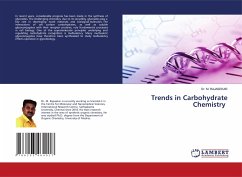

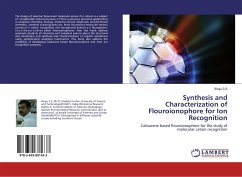
![calix[4]arene and its application for the recognition of biomolecules calix[4]arene and its application for the recognition of biomolecules](https://bilder.buecher.de/produkte/42/42397/42397214n.jpg)
